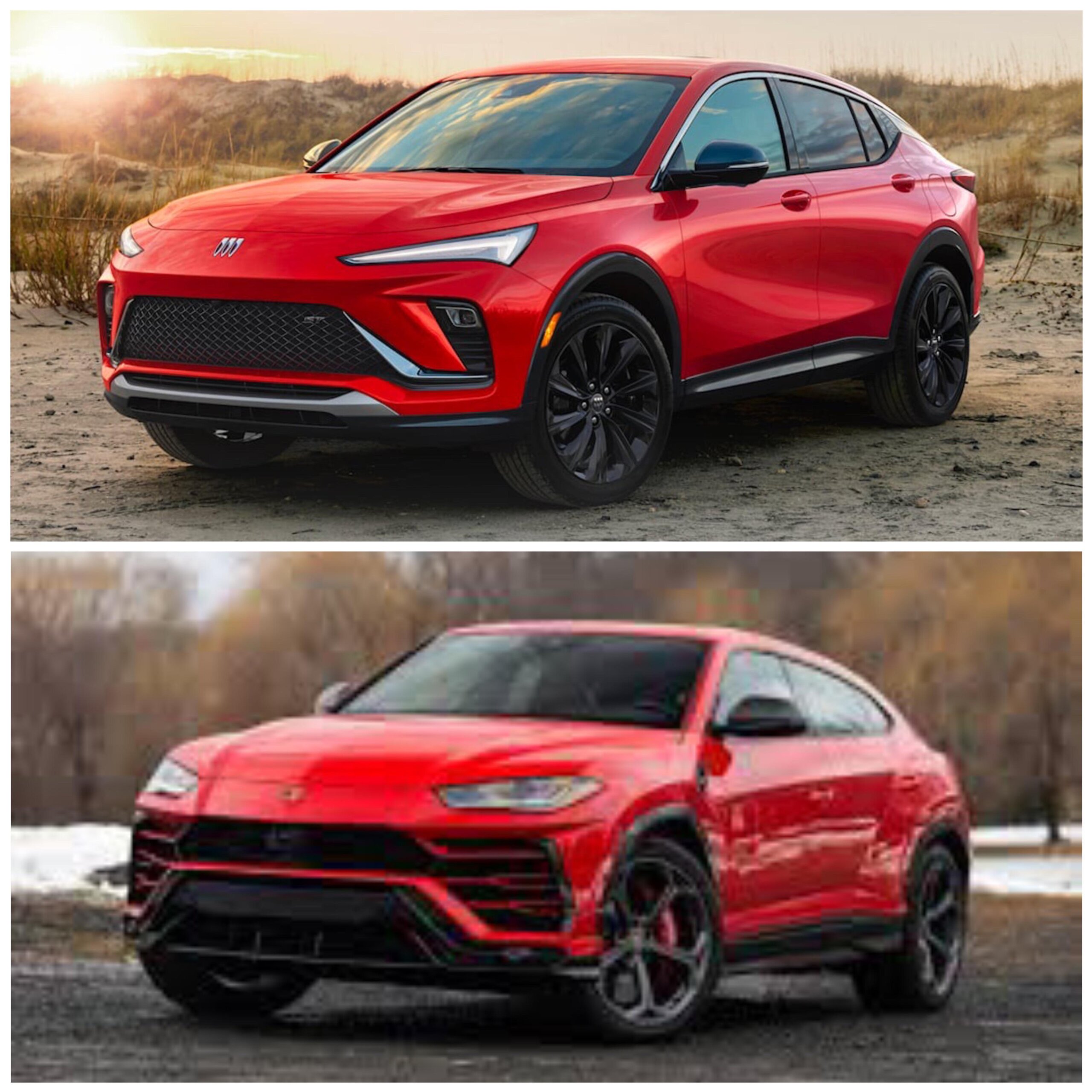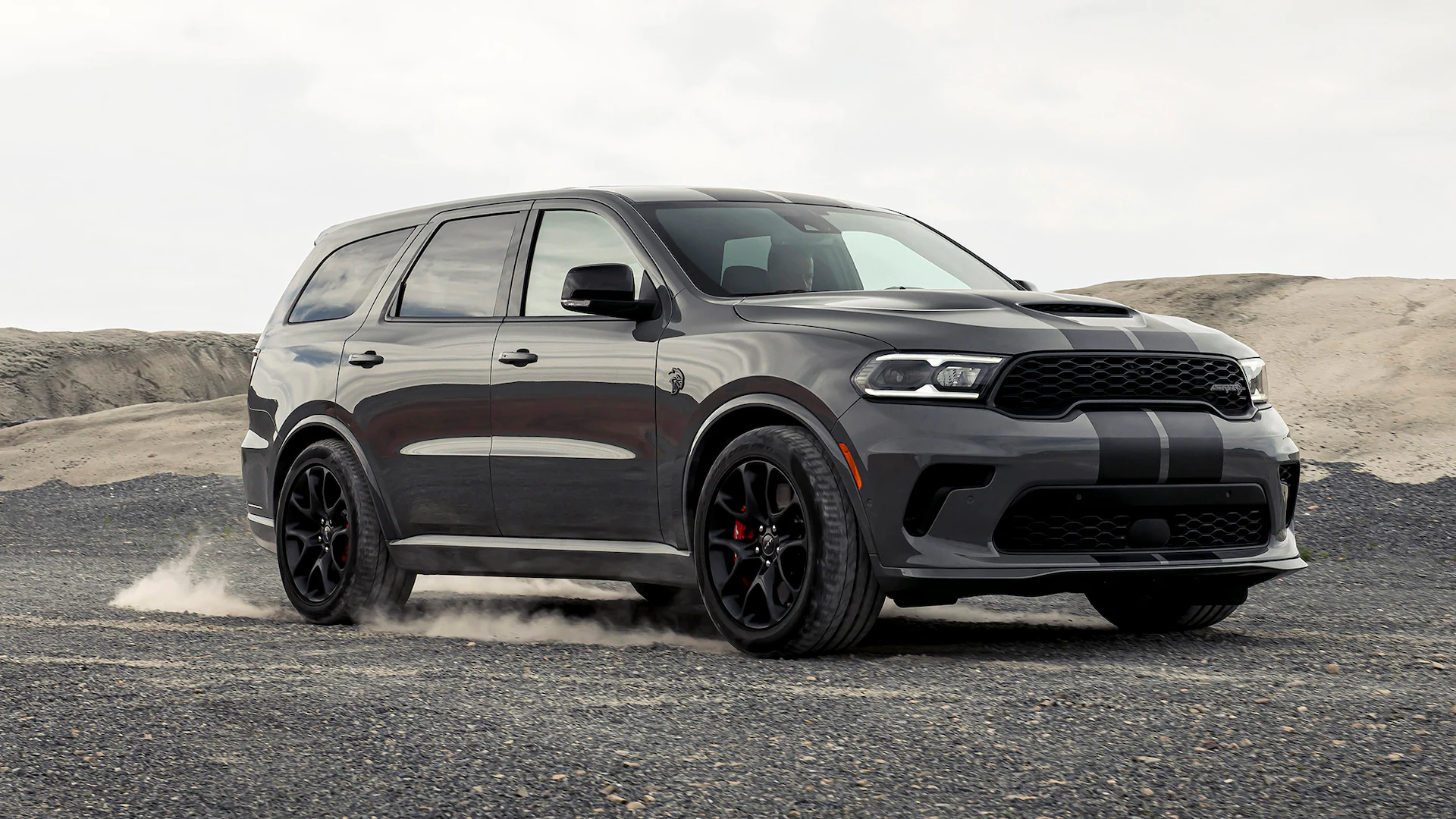Introduction
Over the past 20 years we have seen quite a few interesting trends occur in the automotive industry. In the early 2000s we saw the appearance of hybrids as compact economy cars, and today you will find that many supercars utilize hybrid systems. We also have seen fully electric vehicles, or EVs, appear plentifully in our streets in the 2020s.

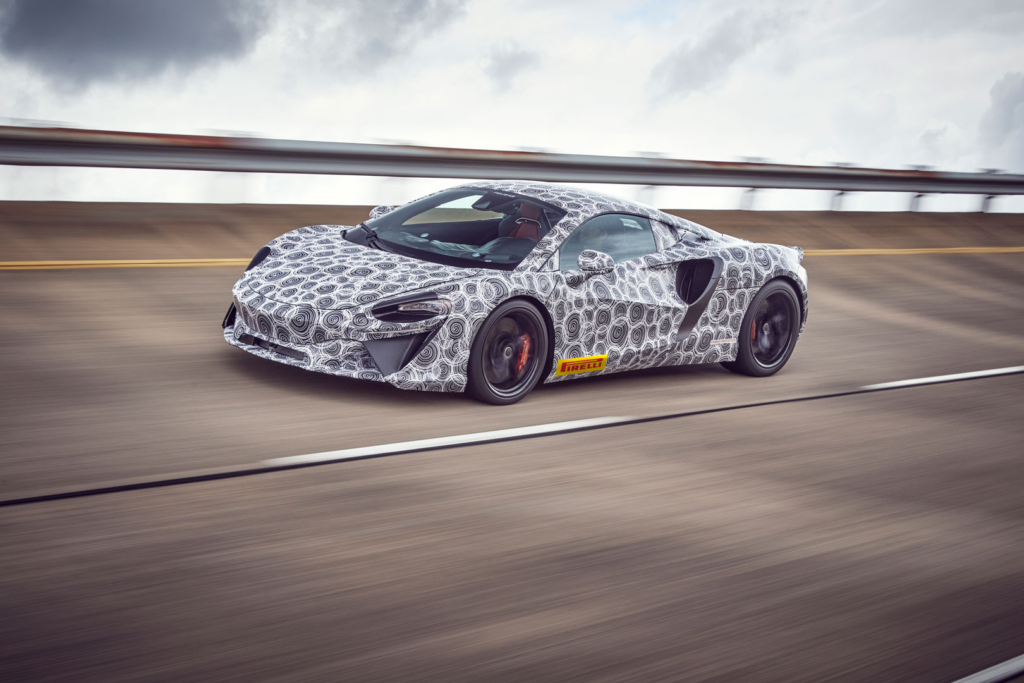
We’re witnessing the death of the sedans and the rise of the SUVs (we’re looking at you Acura, I’m still not happy about the TLX being killed off). We’re seeing a stark decline in manual transmissions too (Mazda really should just bring the manual back in the Mazda3 Turbo).

We’re also seeing larger engines being replaced by smaller turbo engines. AMG did this and has now been forced to bring the V8 back and so has RAM in their trucks. Honda is facing similar criticism for doing this to the Civic Si as well (click here to read my article about the Civic Si).
But there is another trend that’s just as concerning and less talked about: design copycats.
What am I talking about?
If you’ve made it this far then you’re probably wondering what I’m going on about, and I’m quite literally talking about manufacturers copying each other’s designs. At first glance this may not seem like something that happens often, but I was quite surprised at the number of examples I could find with just a bit of research.
We have examples of mainstream brands copying each other. Both the previous and current generation Honda Accord very strongly resemble the Audi A7 from their eras. Additionally, the current generation civic also closely resembles the Audi A3.

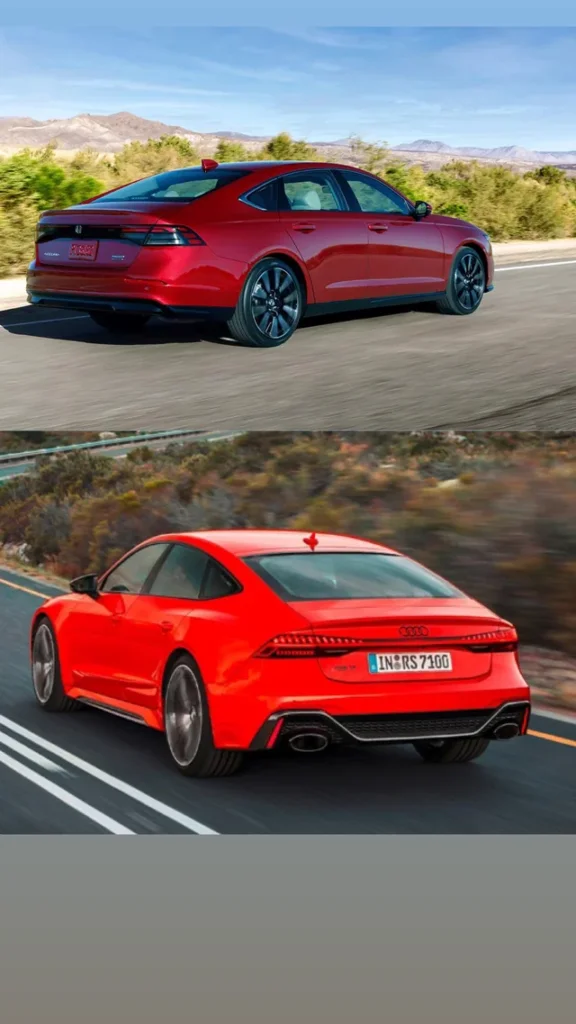
The bodylines, proportions and bumper designs across these cars are nearly identical. After seeing them side by side the resemblance cannot be unseen.
We also have an example of a mainstream brand copying a performance brand, and this may be the single worst case of mimicry I’ve seen while working on this article. The Buick Envista looks pretty good, it doesn’t even look like a Buick. That’s because it looks exactly like a Lamborghini Urus.

Finally, we have the opposite: a performance brand copying a mainstream brand. Not too long ago Ferrari debuted their SUV, the Purosangue. It looks pretty cool, and it also really looks like a Mazda CX30.
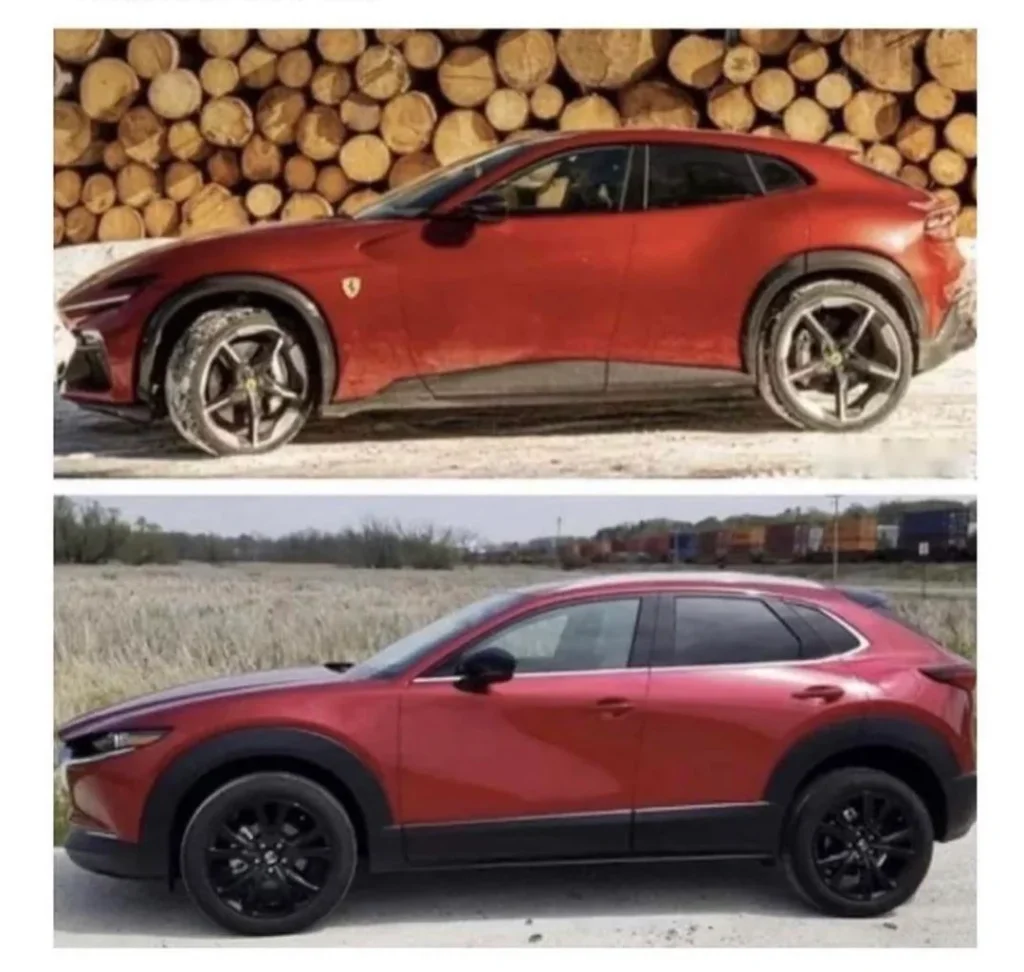
These are just a few examples that I thought were exceptional, though a brief internet search will reveal to you many more.
What am I not talking about?
So now that I’ve gone over some examples of what I am speaking about, I will briefly go over what I am not talking about.
I am not talking about manufacturers simply matching vehicle shapes, that is merely an alignment to vehicle body types/segments. For example, the BMW X6 and the Mercedes AMG GLE both look similar, but in this case Mercedes and BMW have not copied each other.
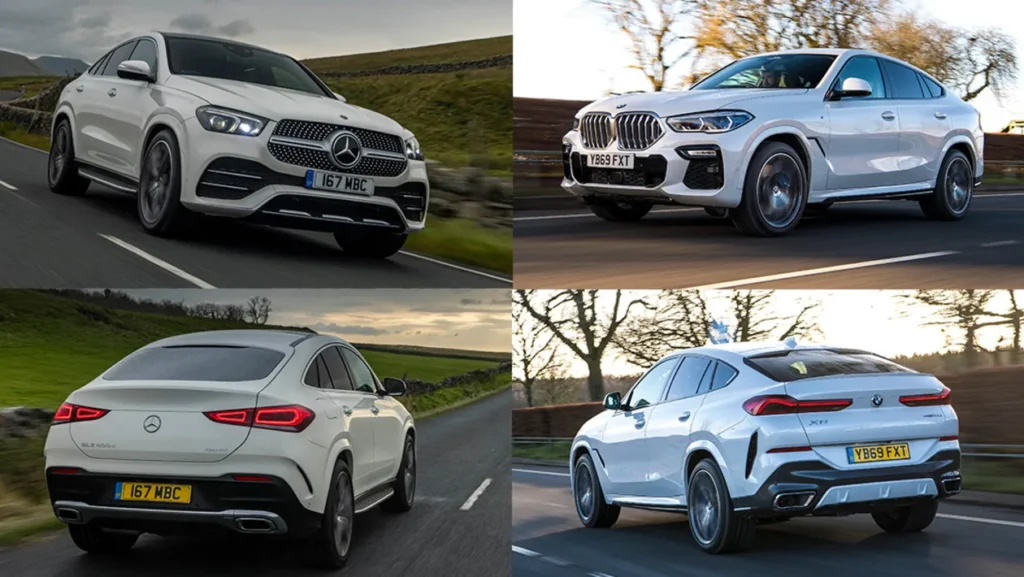
These vehicles do not share the same body lines, nor do they share the same proportions or bumper designs. In fact, the only thing they have in common is that they have a similar silhouette or shape to them, which just means that they are both SUV coupes.
Why is it a problem?
Now that I’ve made my point, why should you even care? That is a very good question, the most obvious implication of the examples above is that now we have lots of cars that all look alike.
Let’s extend that thought out and project it into the future, maybe 10 or 20 years later there will be even more cars that are similar. We may reach a point where all cars from every brand all look the same. That scares me. It scares me because we lose something precious, we lose uniqueness.
The beauty of having different manufacturers exist is that we, the consumers, get to have choice. Each manufacturer has different ideals, values, strengths, weaknesses, and most importantly, design languages. If this copycat trend continues, we risk the chance of losing this uniqueness.
This trend isn’t limited to the automotive industry; in fact we have watched it play out at a much faster pace in the cell phone industry. If we go back to the mid to late 2010s, phones from different brands looked quite different, Samsung was offering curved screens, Apple had a home button, and Google was offering a fingerprint scanner on the back of their Pixel phones that could control your notifications with a swipe.


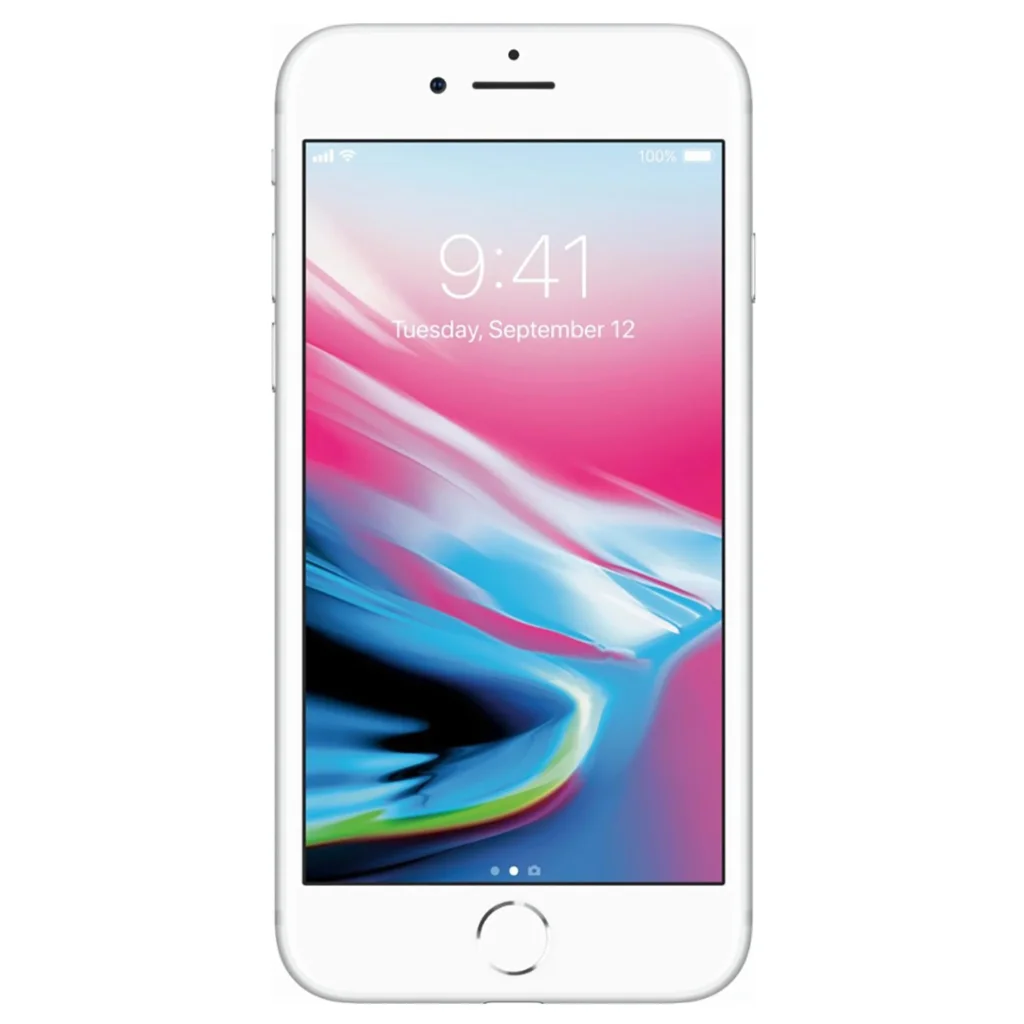
Now what have we seen happen since then? Most phones now more or less resemble each other, let’s take a look at the Samsung Galaxy S25, Apple’s iPhone 16 and the Google Pixel 10.

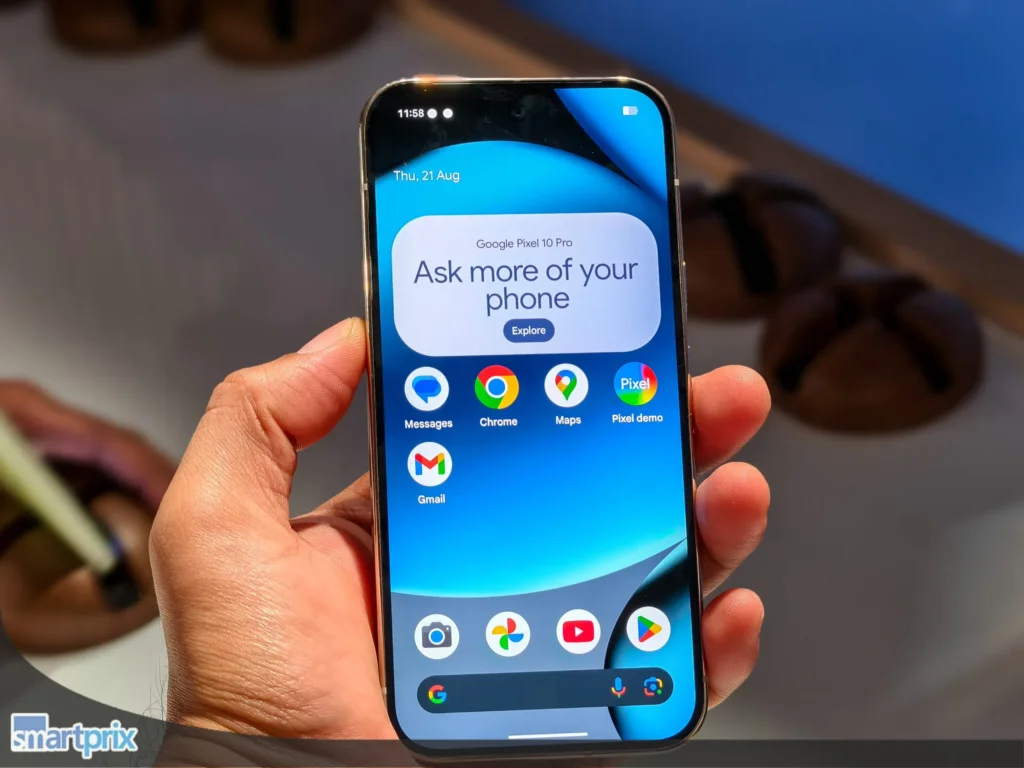

They’re all glass slabs with the same rounded corners and camera bumps. Yes, tech drove some of that uniformity, but the result is a market where it’s hard to tell one device from another. Cars seem to be heading down that same path.
We are observing the early stages of the same phenomenon occurring within the automotive industry. The cell phone industry moved faster because a new phone comes out every year, whereas a car manufacturer may only release a new generation of their models every few years.
I am of the opinion that a loss of uniqueness is always bad for the customer, because it reduces choice. And I think a consumer having more choice is always a good thing. Therefore, I find the growing trend of copycats within the automotive industry to be concerning.
The design of a car is deeply important as it controls several aspects of the market. A cars design allows the individual who purchases it to express themselves through their car. A cars design provides brand differentiation within the automotive industry. Finally, unique designs lend themselves well to history and may very well become iconic cars.
If we lose unique designs, we stand to greatly weaken each of these aspects. I’d really hate to see originality become a thing of the past.
Cars have always been about more than transportation — they’re identity, history, and art on wheels. If originality dies, we lose more than just design; we lose part of what makes car culture so special.
Sources: Wikipedia, Reddit, PakWheels, Auto Express, Walmart, ePHOTOzine, eBay, Belkin, Smartprix, Apple

